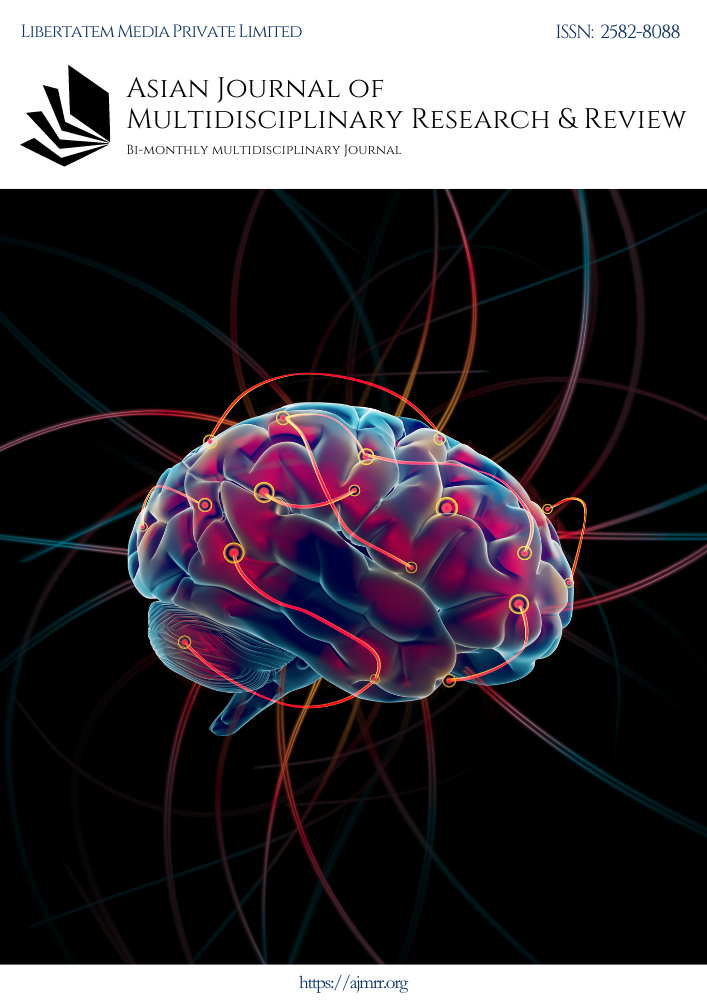FAMILY PRESERVATION VS. CHILD SAFETY: THE INDIAN DILEMMA
Abstract
In India, the intricate and sensitive task of reconciling child safety with family preservation presents a complex challenge; this abstract provides an in-depth overview of said issue. Furthermore, it delivers suggestions for improving future child protection measures within the country, underscoring both its importance and urgency.
India's rich cultural heritage underscores the importance of preserving familial ties, yet it intersects with concerns about child protection, a profound and continually evolving issue. The Juvenile Justice Act of India stands as an instrumental legal framework; its mission is to navigate this complex terrain in pursuit of harmony between family unity preservation, particularly valued by Indian culture, and the undeniable mandate for ensuring children’s safety and well-being.
The essay delves into a variety of potential solutions, including strengthening family support services, implementing trauma-informed care, promoting alternative dispute resolution, and fostering multi-disciplinary collaboration. Moreover, it explores further strategies such as conducting child safety audits, advocating for transparent decision-making processes, and offering cultural competence training. Additionally, the "best interests of the child" standard is upheld, drawing lessons from international practices to strike an effective balance.
Concluding with a comprehensive set of recommendations, the essay outlines future possibilities for child protection in India. The proposals range widely; they advocate policy reforms that prioritize children's best interests; call for increased funding to strengthen resources available to child protection services; urge multi-agency collaboration leveraging the expertise of various stakeholders; promote community engagement to enhance awareness and foster responsibility towards kids' well-being; and encourage child participation by empowering them to make decisions affecting their lives. Additionally, there are calls for regular case audits, which could instigate evidence-backed changes in policies and trauma-informed strategies aimed at better accommodating the devastating impact trauma can have on children as well as creating safe environments through child-friendly facilities. Lastly, interventions need cultural sensitivity, which is a must when respecting India’s diverse culture during implementation is considered crucial.
The essay underlines the crucial point: advocating for enhanced child protection measures is not a solitary task; rather, it's a collective endeavor that requires participation from all members of society. Our roles extend to raising awareness, supporting organizations focused on child protection, backing funding initiatives, staying informed, and reporting concerns. Through community-wide acceptance of these recommendations, India harbors the potential to shape an ideal future where every single child flourishes devoid of any harm, with family values coexisting in harmony with children's safety at its core.
Downloads
Downloads
Published
Issue
Section
License

This work is licensed under a Creative Commons Attribution-NonCommercial-ShareAlike 4.0 International License.
License Terms
Ownership and Licensing:
Authors of research papers submitted to the Asian Journal of Multidisciplinary Research & Review (AJMRR) retain the copyright of their work while granting the journal certain rights. Authors maintain ownership of the copyright and grant the journal a right of first publication. Simultaneously, authors agree to license their research papers under the Creative Commons Attribution-ShareAlike 4.0 International (CC BY-SA 4.0) License.
License Permissions:
Under the CC BY-SA 4.0 License, others are permitted to share and adapt the work, even for commercial purposes, as long as proper attribution is given to the authors and acknowledgment is made of the initial publication in the Asian Journal of Multidisciplinary Research & Review. This license allows for the broad dissemination and utilization of research papers.
Additional Distribution Arrangements:
Authors are free to enter into separate contractual arrangements for the non-exclusive distribution of the journal's published version of the work (e.g., posting it to institutional repositories or publishing it in books), provided they acknowledge the initial publication of the work in the Asian Journal of Multidisciplinary Research & Review.
Online Posting:
Authors are encouraged to share their work online (e.g., in institutional repositories or on personal websites) both prior to and during the submission process to the journal. This practice can lead to productive exchanges and greater citation of published work.
Responsibility and Liability:
Authors are responsible for ensuring that their research papers do not infringe upon the copyright, privacy, or other rights of any third party. The Asian Journal of Multidisciplinary Research & Review disclaims any liability or responsibility for any copyright infringement or violation of third-party rights in the research papers.



